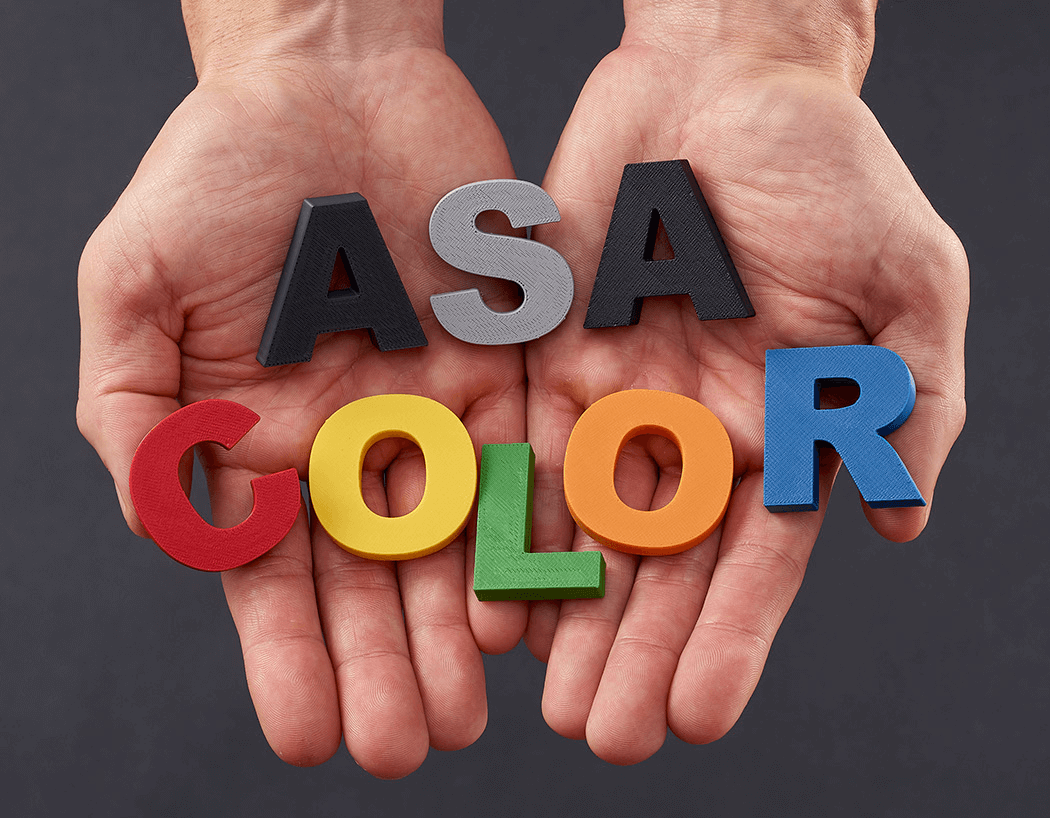
Minimum lead time
Price range

Tolerances
Layer Height
Wall Thickness

Max. Part Size
ASA has strong resistance to UV, to high temperatures, and to wear and impact. It also has a remarkable resistance to water and chemicals. Another notable thing about ASA is that is has good overall finish, and is soluble in acetone which is important in gluing and smoothing.
Because of its strong resistance to temperatures, ASA requires higher extruder and bed temperatures compared to other 3d printing materials. Despite its high cost, ASA may crack, shrink, and warp during 3D printing.
ASA, or acrylonitrile styrene acrylate, is thermoplastic with great mechanical strength. It is most commonly used for automotive exterior parts, outdoor components (i.e. housing components), exterior signages, and sporting goods.
BASF which stands for Badische Anilin und Soda Fabrik (German for ''Baden Aniline and Soda Factory''), is a German chemical company who first introduced ASA in the market around 1970 under the trade name Luran S. BASF intended to create a material which has similar properties to ABS but with better thermal and weather resistance.
© 2024 Jiga, Inc. All Rights Reserved.